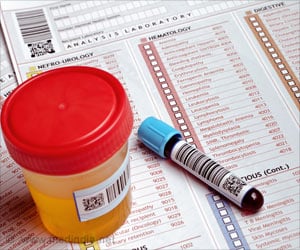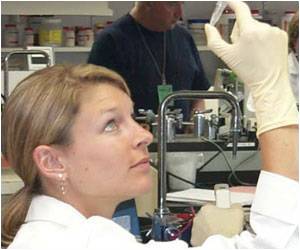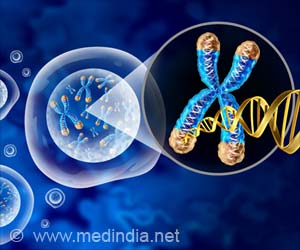FAQs on Cell-Free DNA: A New Era in Non-Invasive Diagnostics
1. What is cell-free DNA (cfDNA)?cfDNA refers to DNA fragments that are released into the bloodstream from normal and diseased cells, including cancer cells. It is not associated with cells and can be found circulating freely in the blood.
2. How is cfDNA used in prenatal testing?
In prenatal testing, cfDNA from the fetus can be analyzed from a maternal blood sample to screen for certain genetic conditions such as Down syndrome, trisomy 18, and trisomy 13.
3. What is the difference between cfDNA and ctDNA?
cfDNA (cell-free DNA) is a general term for DNA fragments found in the bloodstream, while ctDNA (circulating tumor DNA) specifically refers to cfDNA that originates from cancerous tumors.
4. How is cfDNA testing performed?
cfDNA testing typically involves drawing a blood sample from the patient, isolating the cfDNA, and analyzing it using techniques like next-generation sequencing (NGS) or PCR.
5. What are the clinical applications of cfDNA?
Clinical applications of cfDNA include non-invasive prenatal testing (NIPT), cancer detection and monitoring (liquid biopsy), organ transplant rejection monitoring, and infectious disease detection.
6. How accurate is cfDNA testing for detecting genetic disorders?
The accuracy of cfDNA testing can be very high, particularly for detecting common chromosomal abnormalities in prenatal testing. However, it may vary depending on the specific condition being tested and the methodology used.
7. What are the benefits of using cfDNA over traditional biopsy methods?
cfDNA testing is minimally invasive, reducing the risks associated with traditional tissue biopsies. It allows for easier and more frequent monitoring of disease progression or response to treatment.
8. Can cfDNA be used for early cancer detection?
Yes, cfDNA can be used for early cancer detection, particularly for identifying genetic mutations and other alterations associated with different types of cancer, often before symptoms appear.
9. What factors can affect cfDNA levels in the blood?
Factors that can affect cfDNA levels include the presence of tumors, physical exercise, trauma, surgery, infections, and other medical conditions.
10. Are there any limitations or challenges with cfDNA testing?
Limitations and challenges of cfDNA testing include the potential for false positives or negatives, the need for high sensitivity and specificity in detecting low levels of cfDNA, and the interpretation of complex genetic data.










